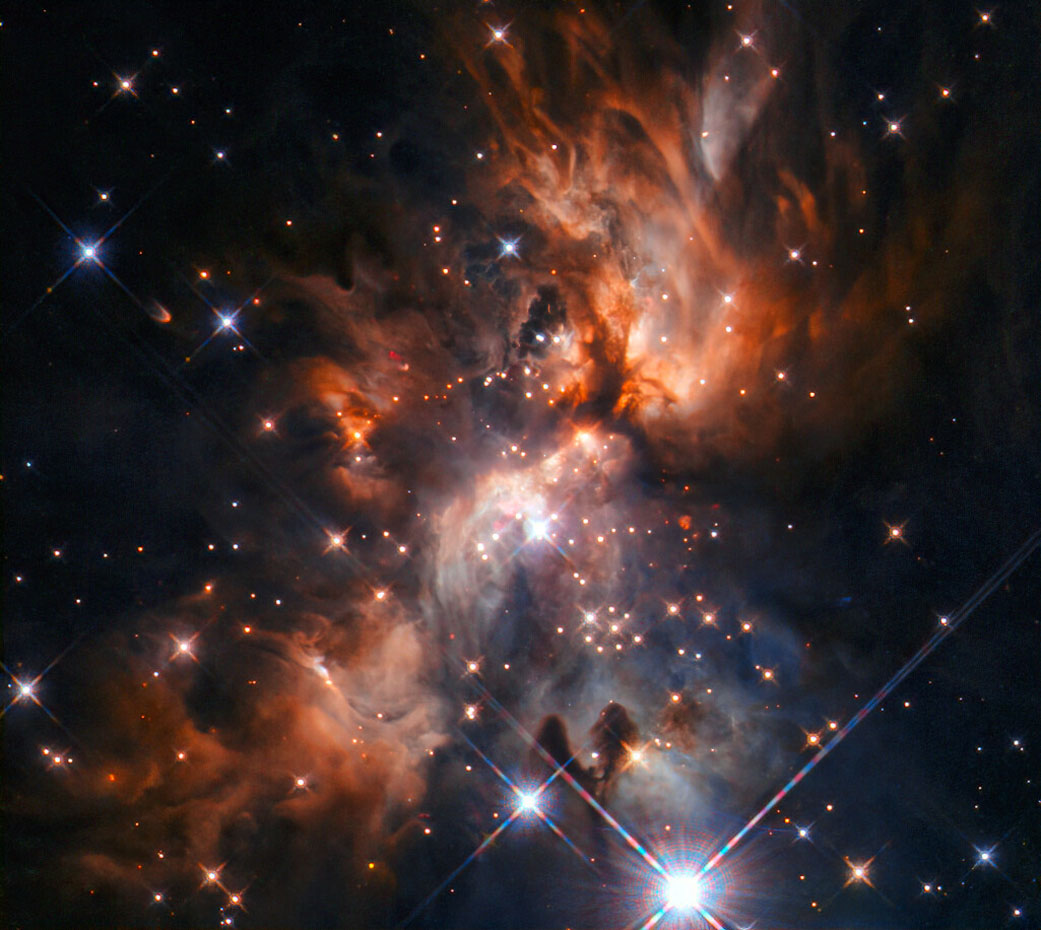

To test out its efficiency, he and his colleagues applied the algorithm to the past 20 years of Hubble data, specifically images captured by the telescope's workhorse instrument called the Advanced Camera for Surveys (ACS). Light pollution is erasing stars from the night sky at breakneck pace. SpaceX and astronomers come to agreement on reducing Starlink astronomy impact Hubble Space Telescope: Pictures, facts & history
NASA HUBBLE SPACE TELESCOPE IMAGES FULL
"When we flag them, we should be able to recover the full field of view without a problem, after combining the data from all exposures," Stark said in the same statement. One way to do so would be using a newly developed algorithm, whose image analysis technique sums up the light from every straight path across an image to flag contaminated pixels betraying satellite trails, scientists say. By the time 2030 rolls in, more than 100,000 satellites are expected to crowd low Earth orbit, according to a report by Astronomy Magazine's Nathaniel Scharping.ĭespite the predicted spike, scientists behind the new research say it is possible to identify and erase satellites' pencil-like presence from telescope images without impacting the quality of research. There are about 9,700 active and dormant satellites in orbit right now, with over 4,000 launched by SpaceX as part of its Starlink megaconstellation and a smaller contribution by OneWeb, which had flown a total of 582 satellites into orbit by early March. If a few images are contaminated, other similar exposures are usually combined to effectively erase the impacts of satellite trails or cosmic rays and recover a snapshot of the pristine night sky, Stark said during his presentation. The standard practice for Hubble observations is to snap multiple exposures of the same slice of the night sky where a celestial target resides. In comparison, ubiquitous cosmic rays, particles traveling at extremely high speeds that show up as satellite-like streaks in telescope images, affect three to six times more pixels and can render entire exposures useless. "Cosmic rays are a much bigger issue when you look at individual exposures."Ī typical satellite trail is "relatively thin," taking up some five to 10 pixels in a Hubble image - about 0.5% of the photo's total pixel count, according to Stark. "The good news is, in the vast majority of cases, satellite trails do not appear to threaten our ability to do science with the Hubble Space Telescope," David Stark, a staff scientist at STScI and an author of the new study, said on Monday at the 242nd meeting of the American Astronomical Society being held in Albuquerque and online.


 0 kommentar(er)
0 kommentar(er)
